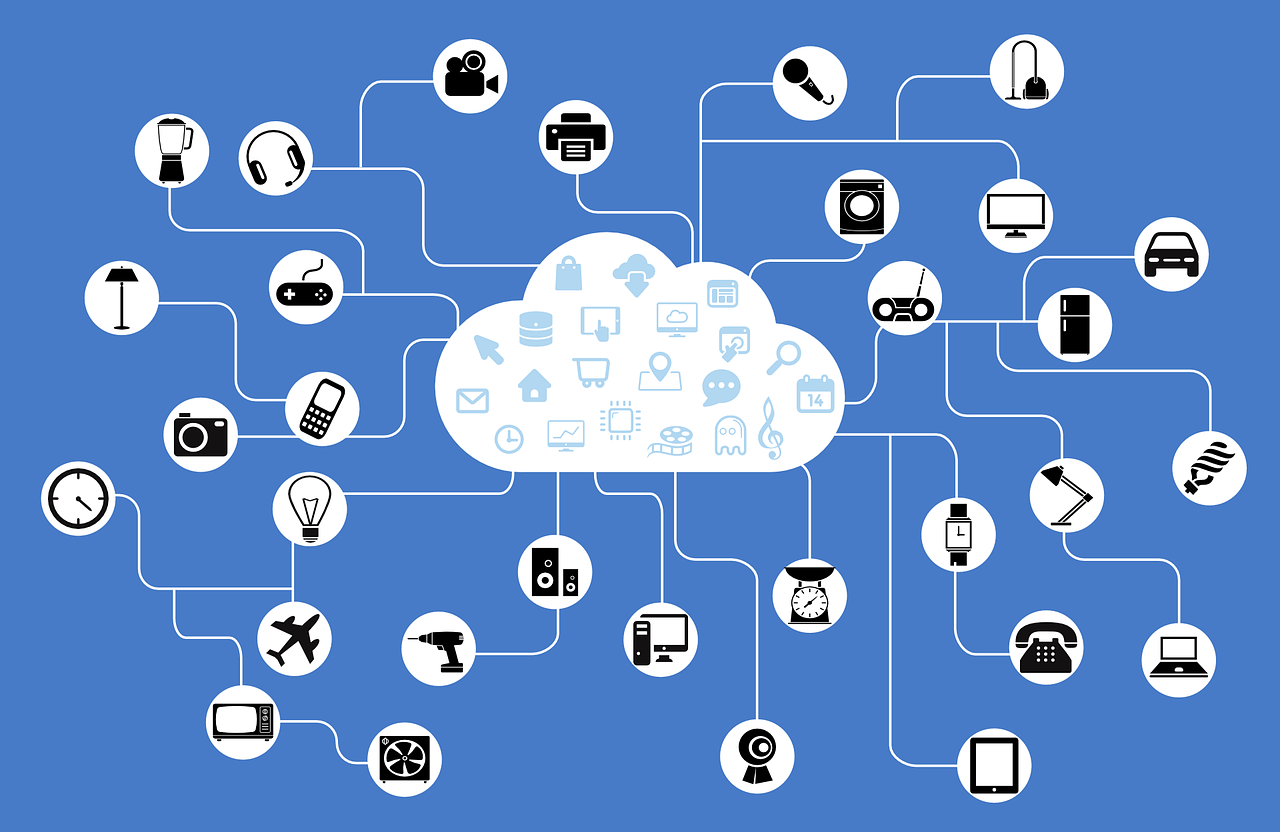Understanding the fundamentals of IoT
The Internet of Things (IoT) refers to a network of interconnected physical objects which use sensors and software to exchange data over the Internet, bridging the gap between the physical and digital realms. Connectivity allows real-time or offline data processing which is collected from objects, enhancing efficiency, precision, and safety in operations across industries.
IoT has evolved from Machine-to-Machine (M2M) communication to Internet of Things (IoT) to the Internet of Everything (IoE). Technological advancements across various communication standards have helped this development.
IoT evolution from M2M to IoE
The Impact of IoT on Our Daily Lives
In our increasingly interconnected world, IoT plays a significant role in shaping our daily experiences. From wearable fitness trackers that monitor our health to smart thermostats that adjust the temperature based on our preferences, IoT devices have become integral to modern living.
Connectivity Technologies in IoT
In IoT, connectivity technologies play a pivotal role in enabling devices to communicate and interact seamlessly. To leverage the full potential of IoT applications, it is essential to understand the benefits, drawbacks, and use cases of connectivity technologies.
1. Wi-Fi Connectivity
The most prevalent connectivity technologies in IoT deployments due to their widespread availability and high data transfer speeds. With the ability to connect multiple devices to a network, Wi-Fi facilitates seamless communication and data exchange. However, one of the drawbacks of Wi-Fi is its limited range and vulnerability to interference, which may hinder its reliability in certain environments.
2. Bluetooth Connectivity
Offers short-range connectivity, making it ideal for connecting devices in close proximity. It has made Bluetooth a popular choice for IoT applications because of low power consumption and compatibility with a wide range of devices such as smart home devices and wearables. Limited range is one of the challenges to use for applications requiring broader coverage.
3. Zigbee Connectivity
Wireless communication technology is known for low power consumption and ability to support large networks of devices. Applications that require long battery life and low data rate transmissions often leverage Zigbee technology. However, limiting factor is limited data transfer speeds which hold back for applications that demand high bandwidth.
4. LoRaWAN Connectivity
Is long-range, low-power wireless communication technology, well-suited for IoT deployments that require wide-area coverage. LoRaWAN is commonly used in applications such as smart agriculture and asset tracking because of its ability to facilitate communication over extended distances. LoRaWAN may be a constraint to applications that require real-time data transmission due to low data transfer rates.
5. Cellular Connectivity
Leveraging tech such as 4G LTE and upcoming 5G networks, making it suitable for mission-critical IoT applications, offers high data transfer speeds and ubiquitous coverage. Reliability and scalability make it an ideal choice for applications that demand consistent and high-speed data transmission. However, power consumption and cost of cellular data plans may hold back its use for certain IoT deployments.
6. Ethernet Connectivity
It provides reliable and high-speed wired connectivity, making it a preferred choice for IoT applications that prioritize stability and data transfer rates. With its robust security features and low latency, Ethernet is commonly used in industrial IoT settings and critical infrastructure applications. However, the need for physical cabling and infrastructure may pose challenges for mobility and scalability in certain IoT deployments.
Market Dynamics and Value Chain
The IoT value chain is inherently complex and fragmented, encompassing various components such as devices, connectivity, platforms, applications, and data analytics.
Embracing the Future of IoT
Looking ahead, the future of IoT holds endless possibilities for innovation and advancement. From smart cities that optimize resource management to autonomous vehicles that redefine transportation, IoT technology is poised to revolutionize the way we live and work.
Increased deployment of smart grids and energy management systems will sustain demand for IoT modules in smart meters. The rising adoption of connected vehicle technologies and fleet management systems will drive significant demand for IoT modules in the telematics sector. Increased automation and adoption of predictive maintenance in manufacturing processes will continue to fuel demand for IoT modules.
In conclusion, IoT represents a pivotal shift in how we interact with technology and the world around us. By understanding the core concepts of IoT, recognizing its impact on daily life, addressing security concerns, and embracing future developments, we can fully embrace the potential of this revolutionary technology
Sources: https://www.iot-now.com/2023/04/05/97056-what-is-iot/
https://www.counterpointresearch.com/
https://www.kaspersky.com/resource-center/definitions/what-is-iot
https://iot.telenor.com/technologies/connectivity/
